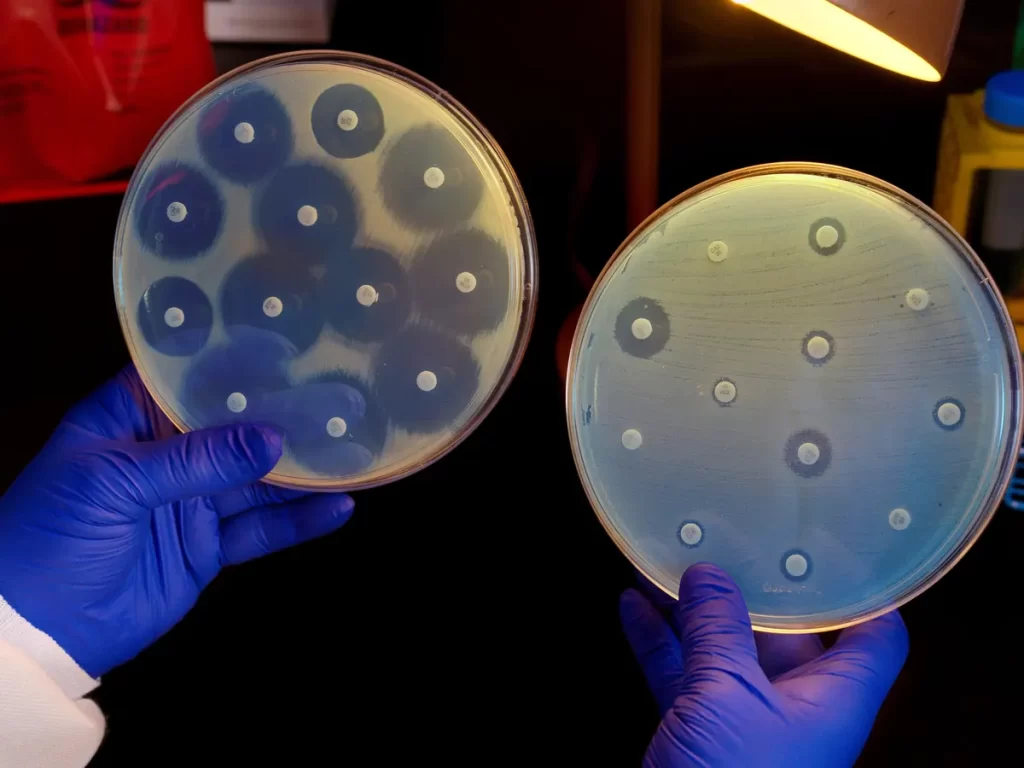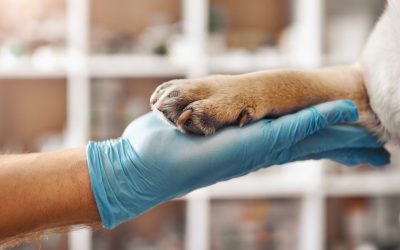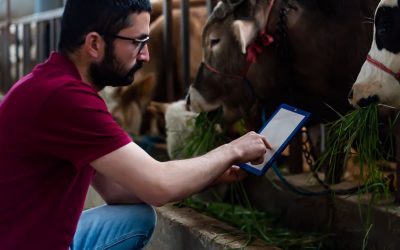Antibiotic Resistance Threat in Animal Health Sector
Introduction: what is antibiotic resistance, and how does it develop?
Antibiotic resistance is a severe problem that is only getting worse. It happens when bacteria become resistant to the antibiotics used to treat them. This invisible pandemic can happen in two ways:
- The bacteria mutate and become resistant to the antibiotic.
- The bacteria are exposed to low levels of antibiotics, making them more resistant to higher doses of antibiotics.
Either way, antibiotic resistance is a significant problem because it means that diseases that were once easily treatable are now becoming more complex and sometimes even impossible to treat.
The animal health sector is leading the fight against antibiotic resistance. This is because they are working hard to develop new antibiotics and strategies for using existing antibiotics more effectively. They are also working on education and awareness campaigns to help people understand the importance of responsible use of antibiotics.
The animal health sector leads the way in zoonotic research on antibiotic resistance.
The study, conducted by the University of Edinburgh’s Roslin Institute, looked at how different sectors respond to the threat of antibiotic resistance. The animal health sector was found to be ahead of other sectors in terms of research and development of new antibiotics.
The study found that the animal health sector is particularly active in researching new antibiotics to treat diseases in livestock. This is important because livestock are a significant food source for humans, so any diseases they carry could be passed on to us. This sector is also developing new vaccines to protect against diseases that could be passed from animals to humans.
The role of the animal health sector in tackling antibiotic resistance
The animal health sector is leading the fight against antibiotic resistance. Antibiotic resistance is a major global health threat, and the animal health sector is crucial in tackling this problem.
This sector is working to develop new antibiotics and promote responsible use of existing antibiotics. The industry is also working to improve antibiotic resistance surveillance and raise awareness of this issue among veterinarians, farmers, and the general public. Also, they have made significant progress in tackling antibiotic resistance, but more work still needs to be done. We must all play our part in the responsible use of antibiotics to protect ourselves and our animals from this growing threat.
The challenges faced by the animal health sector in tackling antibiotic resistance
The Animal Health Sector is on the frontline of the battle against antibiotic resistance. The sector is responsible for the health and welfare of animals, and antibiotic resistance is a severe threat to animal and human health.
The sector is facing several challenges in tackling antibiotic resistance, including:
- Ensuring that antibiotics are used responsibly and only when necessary. This includes using them at the correct dose, for the suitable duration, and for the right disease.
- Working with farmers and other stakeholders to promote good husbandry practices that reduce the need for antibiotics. This includes measures such as improved hygiene, better nutrition, and vaccinations.
- Research new diagnostic tools and treatments that can help to reduce the reliance on antibiotics. This includes developing new vaccines, better diagnostic tests, and alternative therapies such as probiotics.
The potential solutions to antibiotic resistance in animals
As antibiotic resistance in animals continues to be a problem, the animal health sector is working hard to find solutions. One potential solution is the development of new antibiotics. However, this is not a quick or easy process. It can take years to develop a new antibiotic and even longer to get it approved. Another potential solution is better management of existing antibiotics. This includes using them only when necessary and ensuring they are used correctly. This can be a challenge in large-scale operations, but reducing the chances of resistance developing is essential. Finally, more research is needed to understand how resistance develops and spreads. This will help identify ways to prevent it from happening in the first place.
Pioneers in Animal Health Antibiotic Resistance
Bacterial resistance to antimicrobials in humans, animals and food is recognised as one of the ‘most significant threats to public health. The usage of antibiotics in animals might be reduced according to a solution created by the Israeli start-up Mileutis. And it has secured a US$20m investment to make its vision of antibiotic-free animal production a reality. Based on early research conducted at Mileutis and Israel’s Agricultural Research Organization (Volcani Center), Mileutis is creating residue-free natural proteins. The company is developing a line of patented biopharmaceuticals that it believes will revolutionise the way veterinarians manage mastitis and treat a wide range of diseases Mileutis’ claims are supported by statistically significant results in several case-controlled, randomised, multi-centre clinical trials.
Another start-up that works in antimicrobial resistance is Biotech start-up Bactobio. They have developed a platform to culture the 99% of soil bacteria that have previously not been culturable in the laboratory and uncover valuable secondary metabolites they produce. Their proprietary technology combines microbiology with bioinformatics and machine learning to iteratively expand their access to novel species with the potential to create novel solutions across human and animal healthcare, agriculture, and industrial markets, the company’s first focus is the growing antibiotic resistance crisis.
Also, the University of Surrey with the Arts and Humanities Research Council (AHRC) funded VIPVis (Veterinary Infection Prevention through Visualisation), a project for tackling antimicrobial resistance in an indoor built environment. This led to the development of the Antimicrobial Resistance Simulator, with end-user use and interaction with a visual tool to think differently about infection prevention and control (IPC) within a veterinary practice setting.
Conclusion: the way forward for the animal health sector in tackling antibiotic resistance
Animal health practitioners are leading the way in the battle against antibiotic resistance in zoonotic and companion animals. The industry has made great strides in recent years in terms of research and development and is now working closely with the human health sector to tackle this problem.
Several key challenges need to be addressed to tackle antibiotic resistance effectively. Firstly, there is a need to develop more effective antibiotics. Secondly, there is a need to understand better how resistance develops and how it can be prevented. Finally, there is a need to improve communication between the animal health sector and the general public so that people are aware of the problem and know what they can do to help prevent it.
The animal health sector is well placed to tackle these challenges and make further progress in the fight against antibiotic resistance.



